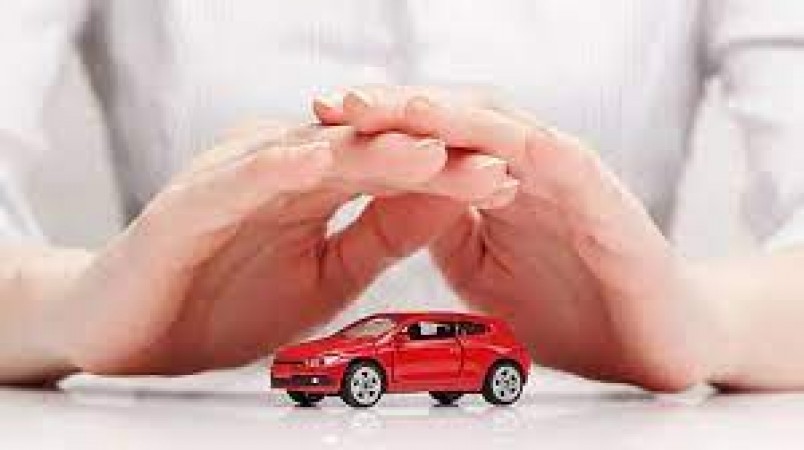
In the ever-evolving landscape of the automotive industry, certain cars manage to defy the odds, carving out a niche for themselves despite not boasting the latest safety features. These vehicles, often considered classics, hold a special place in the hearts of customers, standing as timeless icons of a bygone era.
Driving down memory lane: Classic cars have an inherent ability to transport individuals back in time. The rev of an engine, the feel of the steering wheel, and the scent of vintage leather upholstery can trigger waves of nostalgia. These vehicles serve as tangible links to the past, connecting enthusiasts with a simpler, perhaps more romanticized, automotive era.
Enduring appeal of iconic designs: Classic cars are not merely functional vehicles; they are works of art on wheels. From the sleek curves of a vintage sports car to the robust lines of a retro truck, these designs withstand the test of time. The craftsmanship and attention to detail put into these vehicles contribute significantly to their everlasting charm.
Emotional bond between owners and classics: Beyond their mechanical prowess, classic cars foster emotional connections with their owners. Whether inherited from a family member or painstakingly restored by an enthusiast, these vehicles become more than just modes of transportation. They embody memories, stories, and a sense of identity, fostering a profound and lasting bond.
Analyzing safety features: It's no secret that classic cars often fall short when it comes to modern safety standards. The absence of features such as airbags, anti-lock brakes, and advanced crumple zones raises concerns about their safety in today's traffic conditions. Understanding the limitations is crucial for enthusiasts who choose to navigate roads in these vintage machines.
Balancing thrill and safety: Enthusiasts argue that the thrill of driving a classic car outweighs the potential safety risks. However, finding a balance is essential. Exploring the reasons behind this mindset sheds light on why some individuals are willing to compromise on safety for the unique driving experience that these vehicles offer.
Support systems for enthusiasts: Classic car enthusiasts form tight-knit communities where knowledge sharing is paramount. These communities act as support systems, providing tips, advice, and a sense of camaraderie. Shared experiences in maintaining and driving these vehicles contribute to a collective effort to ensure safety within the constraints of vintage technology.
Prioritizing unique driving experiences: For some, the allure of classic cars lies in the driving experience they offer. The absence of electronic aids and driver assists heightens the connection between the driver and the vehicle, providing a raw and unfiltered driving experience that modern cars often lack.
Passion for preserving history: Car collectors play a pivotal role in preserving automotive history. Their passion goes beyond the financial investment; it extends to safeguarding a piece of cultural and technological heritage. Exploring the mindset of collectors reveals the motivations behind amassing and maintaining these vehicular treasures.
Icons of cultural history: Classic cars often transcend their mechanical nature to become symbols of cultural and historical significance. From famous movie cars to vehicles associated with historical events, these automobiles embed themselves in the collective consciousness, influencing popular culture in profound ways.
Preserving authenticity amid challenges: The restoration of classic cars presents a unique set of challenges. Balancing the desire to preserve authenticity with the need for safety upgrades requires a delicate touch. Exploring the hurdles and triumphs of restoration sheds light on the dedication required to keep these vehicles on the road.
Adapting to modern expectations: As safety awareness grows, enthusiasts are turning to aftermarket solutions to enhance the safety of their classic cars. From upgraded braking systems to modernized lighting, these adaptations aim to bridge the gap between vintage charm and contemporary safety expectations.
Community-driven initiatives: Beyond individual efforts, community initiatives and events are dedicated to preserving classic cars. From car shows to educational programs, these endeavors aim to promote responsible ownership, maintenance practices, and safety awareness within the classic car community.
Evolution of classic car culture: As safety norms evolve, the classic car culture faces challenges and opportunities. Exploring how enthusiasts adapt to changing expectations sheds light on the potential evolution of this niche community.
Impact of regulatory changes: Government regulations play a crucial role in shaping the future of classic cars. Analyzing potential changes and their implications helps enthusiasts and policymakers navigate a path that respects history while prioritizing safety.
Fostering a safer community: Education and awareness initiatives are vital in fostering a safer environment for classic car enthusiasts. Empowering owners with knowledge about safety measures and responsible driving practices contributes to a more secure and sustainable future for these beloved vehicles. Unquestionably, the allure of timeless cars persists, drawing enthusiasts into a world where nostalgia and design triumph over the latest safety innovations. While acknowledging the risks, enthusiasts remain steadfast in their love for these automotive relics, contributing to the rich tapestry of our motoring history.
Control anger today, people of this zodiac, know what your horoscope says
People of this zodiac will be successful in the field of education today, know your horoscope